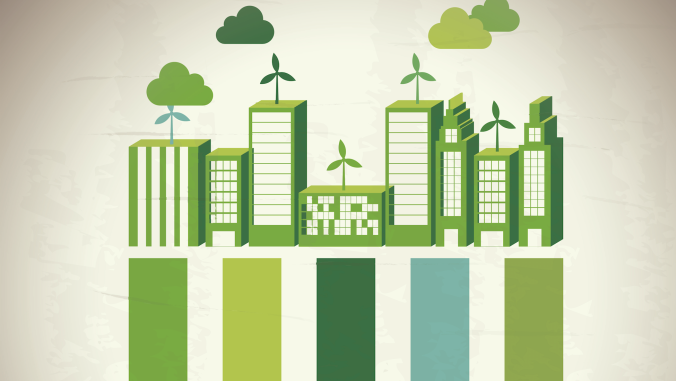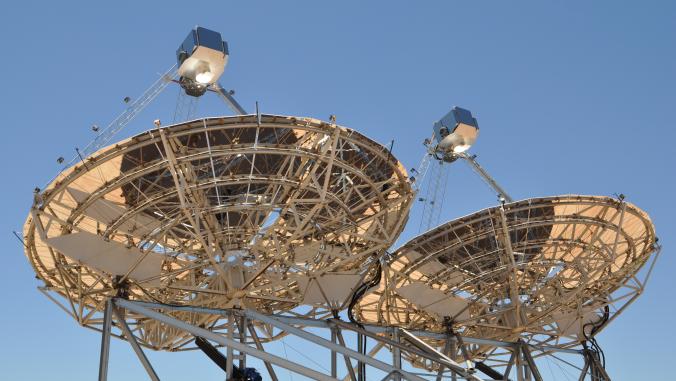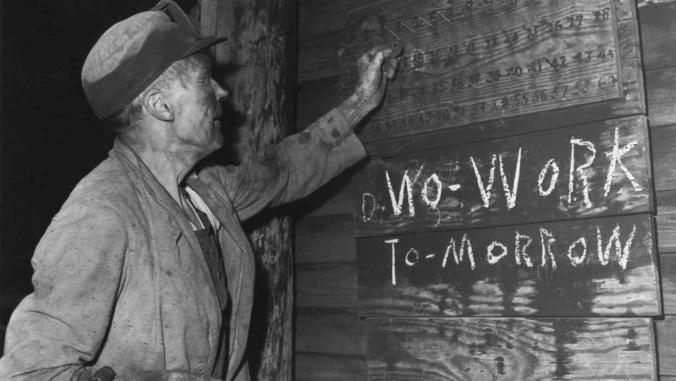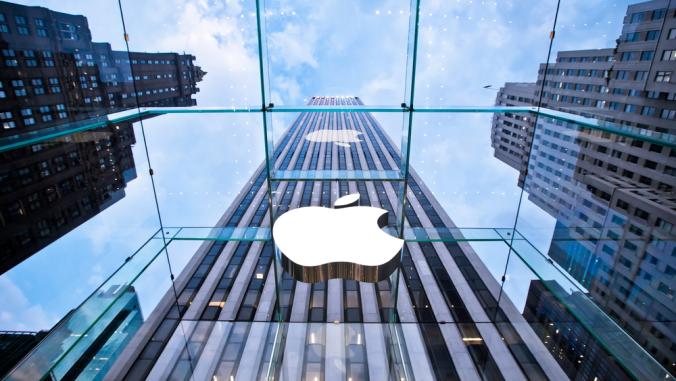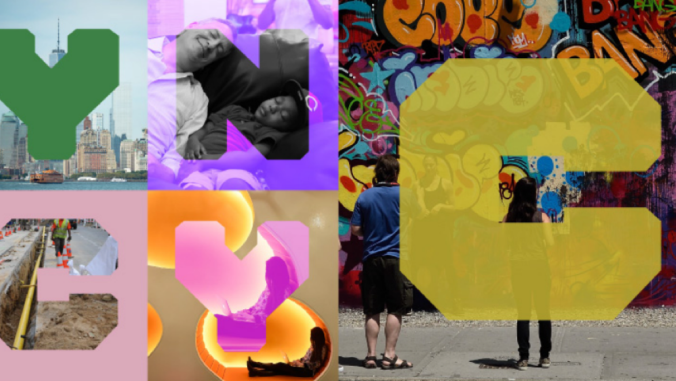Dallas puts finishing touches on green building code
<p>The Texas city is one of the few large cities laying out strong, mandatory green building requirements.</p>
Dallas, Texas, stands out as one of the few large cities that's enforcing a green building code, and it's doing so with strong methods as it works toward being carbon neutral by 2030 and eventually the "greenest city in the U.S."
The code is an enormous step forward for those who want to see green building features required rather than voluntary, but many builders may find the code demanding and even infringing on their "freedom."
The city began implementing its Green Construction Ordinance in 2009, and it entered its second and final phase Oct. 1. Over the past five years, the ordinance gradually has been extended to more building types and sizes, while making it more stringent for building designers and developers.
Phase 1 focused on energy efficiency, water conservation and the heat island effect. For example, in 2011, it began requiring all buildings to use drip irrigation for landscaped beds to meet the goal of cutting water use 20 percent. It also rolled in requirements to reduce the heat island effect, requiring either cool roofs or green roofs that cover at least half of a roof's area.
Phase 2, which took effect at the start of October, added in a comprehensive building standard.
All residential and commercial projects must now meet minimum certification requirements. There's lots of flexibility in which certification system they shoot for -- Green Built Texas, LEED or the International Green Construction Code (IgCC) -- although they all have similar requirements.
Because drought is such an overarching problem, the minimum requirements go into great detail on water conservation, down to the number of gallons a dishwasher can use in a residential development.
Before getting a permit to build residential or commercial buildings, third party developers have to attend a six-hour training course and pass an exam. They also have to document their experience related to green building projects. And all project designs must be reviewed by a third party for compliance with LEED or the IgCC.
Dallas has about 144 LEED certified buildings and ranks eighth for Energy Star-certified buildings, with 214 that carry the seal.
Laying the groundwork nationally
While Dallas is further along than other governments, many cities and states are in the process of adopting the first U.S. national green building code, approved by IgCC in 2011.
As opposed to LEED, which is voluntary, the new code is historic because it creates a mandatory "floor" of enforceable minimum standards on every aspect of building design and construction: energy and water efficiency, site impacts, building waste and materials.
This is the largest single-step efficiency increase in the history of the national energy code. It requires homes and buildings to achieve energy savings 30 percent higher than the 2006 code.
The code applies to all new and renovated commercial buildings and residential buildings over three stories high.
The federal government's Energy Policy Act of 2005 requires states to review and consider adopting the most current building codes, but doesn't mandate them.
San Francisco adopted its own green building code back in 2008, with final implementation in 2012, and Illinois is the first Midwestern state to begin implementation.
While California issued minimal standards also in 2008, its visionary net-zero code starts phasing in next year.
Going worldwide
The International Code Council approved an equally important update to the 2015 International Energy Conservation Code, also voluntarily adopted by cities and states.
RE-188 adds a new way for home builders to meet the code, widely supported by industry and environmental advocates: Rather than installing a list of prescribed efficiency features, builders can meet the criteria of the Home Energy Rating System (HERS), used as the basis for Energy Star certification.
This significantly will increase the energy efficiency of homes while giving builders a lot more flexibility in how they do it.
For commercial buildings, the updated ASHRAE Standard is 50 percent more demanding than the 2004 version.
This article originally appeared at Sustainable Business News. Dallas skyline image by spirit of america via Shutterstock.com.


